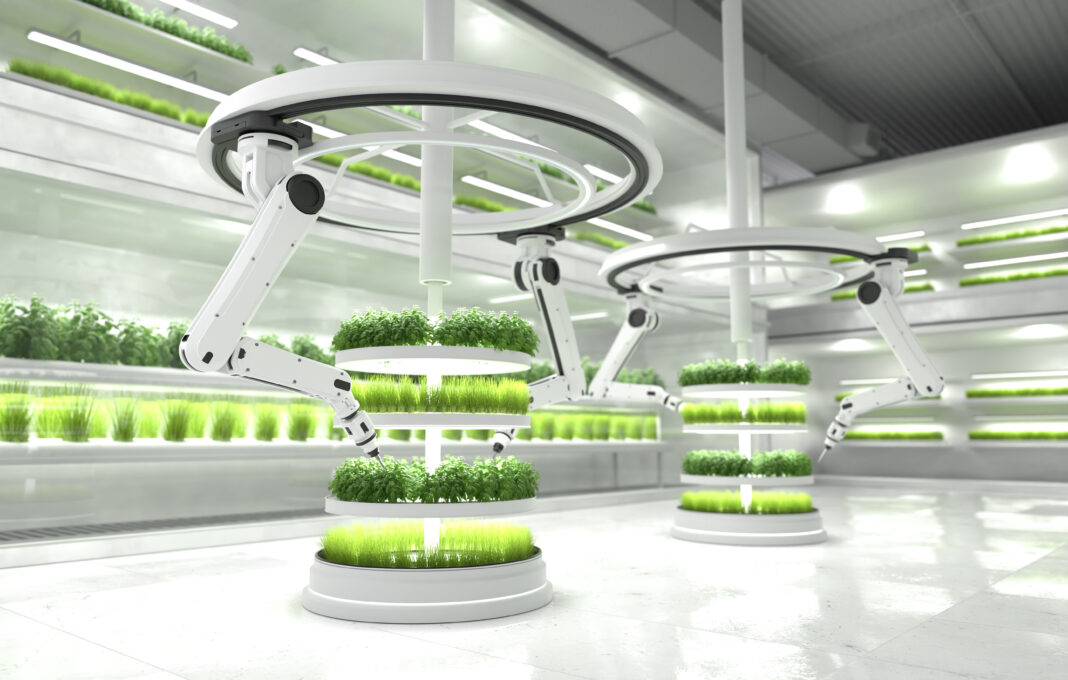Space exploration pushes humanity to solve the most complex challenges, and feeding astronauts on extended missions is no exception. Enter aeroponics, an advanced agricultural technique that has the potential to revolutionize how we grow food in space. As we look to stretch the boundaries of human habitats beyond Earth, aeroponics offers an innovative, sustainable solution for producing food in the harshest of environments.
But how can aeroponics help us grow crops in microgravity? What benefits does it offer compared to traditional farming methods? And how is it advancing space exploration? This blog uncovers the fascinating possibilities.
What is Aeroponics?
Aeroponics is a soil-free method of growing plants where roots are suspended in air and exposed to a nutrient-rich mist. Unlike hydroponics, where roots are submerged in water, aeroponics allows plant roots to absorb oxygen more efficiently while maximizing nutrient uptake. The technique uses less water, takes up less space, and offers precise environmental control, which makes it a perfect candidate for space farming.
Why Do We Need Aeroponics in Space?
Producing food in space is no small feat. The challenges of traditional agriculture are amplified in the unique conditions of space. Here are some reasons why alternative solutions like aeroponics are necessary.
1. Microgravity Poses a Challenge
Growing plants in microgravity disrupts natural root growth and water flow. Soil-based agriculture depends on gravitational pull to hold and distribute nutrients and support roots. Aeroponics eliminates this dependency by providing plants with a spray system for nutrients and water, sidestepping the need for soil altogether.
2. Limited Resources
Space missions have strict limitations on cargo weight, water, and energy. Traditional farming setups consume significant resources like soil, water, and fertilizers, making them impractical for long-term missions. Aeroponics, on the other hand, uses up to 95% less water and requires no soil, offering a highly efficient alternative for resource-scarce environments.
3. Climate Control Challenges
Spacecraft and habitats experience extreme temperatures and radiation levels. Plants grown in traditional environments would need protective layers in space. Aeroponics allows for controlled environments that ensure steady, favorable conditions for plant growth.
Benefits of Aeroponics in Space Missions
Adopting aeroponics for extraterrestrial farming brings several significant advantages that cater specifically to the constraints and needs of space missions.
1. Resource Efficiency of Aeroponics in Space
Aeroponics uses minimal water and eliminates the need for soil and fertilizer transport, helping missions optimize limited resources. Its lightweight systems also lower cargo weight, reducing the cost of launching materials into space.
2. Space Saving Design for Aeroponics in Space
Aeroponic systems can be stacked vertically to fit compact spaces such as spacecraft, space stations, or lunar habitats. This ability to grow more with less space is ideal for the confined living arrangements typical of space missions.
3. Enhanced Plant Growth & Nutrition
Studies show that plants grown aeroponically grow faster and achieve higher yields compared to soil-based farming. The precise control over nutrient delivery ensures that astronauts get nutrient-dense food essential for extended missions.
Key Technologies Driving Space Aeroponics
To make aeroponics work in space, engineers and scientists rely on advanced technologies tailored for off-Earth conditions.
1. Nutrient Delivery Systems
Astronauts must carry liquid nutrients that irrigation systems can mist onto plant roots. The misting system must operate reliably in microgravity to ensure even nutrient distribution without leaks.
2. Root Support Mechanisms
While plants ordinarily use soil for anchoring, aeroponics relies on lightweight frames or clips to keep roots in place while suspending them in the air.
3. Controlled Environment Chambers
Aeroponic systems thrive in spaces that maintain optimal temperature, humidity, and light. LED grow lights replicate sunlight, while sealed chambers protect plants from harmful radiation and ensure atmospheric stability.
Current Research and Experiments
The concept of space farming with aeroponics is not just science fiction. Various organizations are actively researching and testing this technology.
- NASA’s Veggie Project on the International Space Station (ISS) has explored growing leafy greens in microgravity, providing astronauts with fresh salads grown aboard.
- The European Space Agency (ESA) is developing closed-loop ecosystems that integrate aeroponics to recycle water and nutrients efficiently.
- China’s Lunar Farming Program has included aeroponic setups in experiments to sustain potential lunar bases.
These projects pave the way for scalable farming systems that could support long-term stays on the Moon, Mars, or beyond.
Future Possibilities for Space Aeroponics
Looking ahead, aeroponics has the potential to fundamentally change how we sustain humans in space.
1. Large-scale Systems
By refining aeroponic technologies to handle larger crop yields, future space missions could feed entire habitat colonies on the Moon or Mars.
2. Integration with Space Habitats
Imagine a Martian habitat where aeroponic gardens double as life-support systems, supplying food, oxygen, and humidity. Such self-sustaining modules could keep settlers nourished and healthy for years.
3. Enabling Interplanetary Missions
Long-duration missions to distant planets would require entirely self-sufficient food systems. Aeroponics could grow diverse crops to prevent “menu fatigue” and ensure a balanced diet for astronauts over years-long journeys.
A New Era of Sustainable Space Exploration
Aeroponics isn’t just transforming agriculture on Earth; it’s revolutionizing how we approach survival in space. By overcoming the limitations of traditional farming, aeroponics gives astronauts the tools to grow food efficiently, sustainably, and scalably as humanity prepares to become an interplanetary species.
Would you like to stay informed about innovations shaping the future of space exploration? Visit Beyond Tomorrow for more insights into the technologies pushing the boundaries of what’s possible among the stars.

